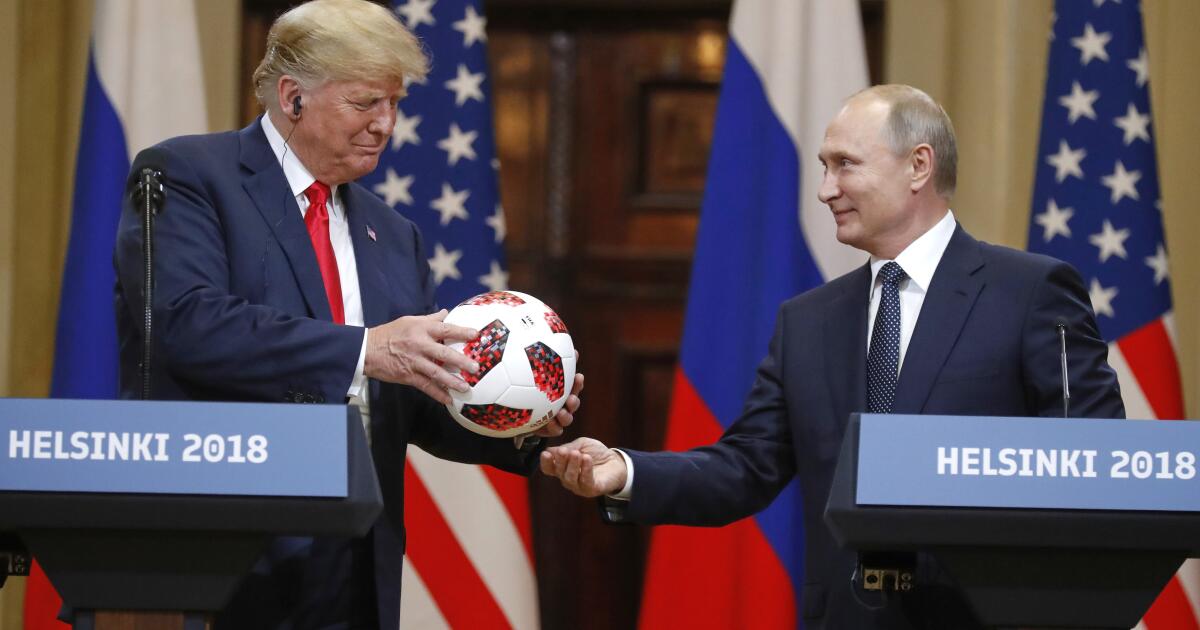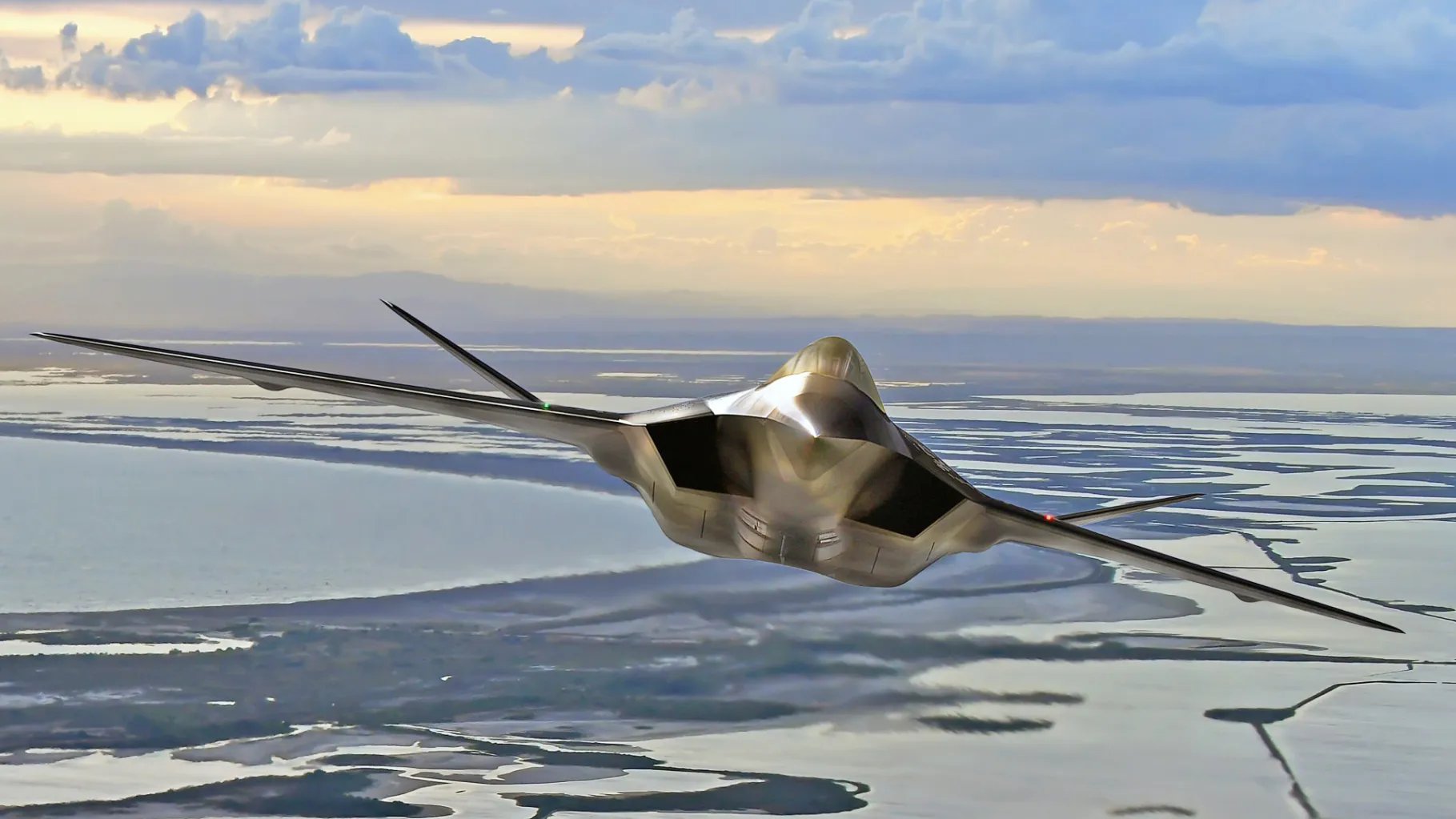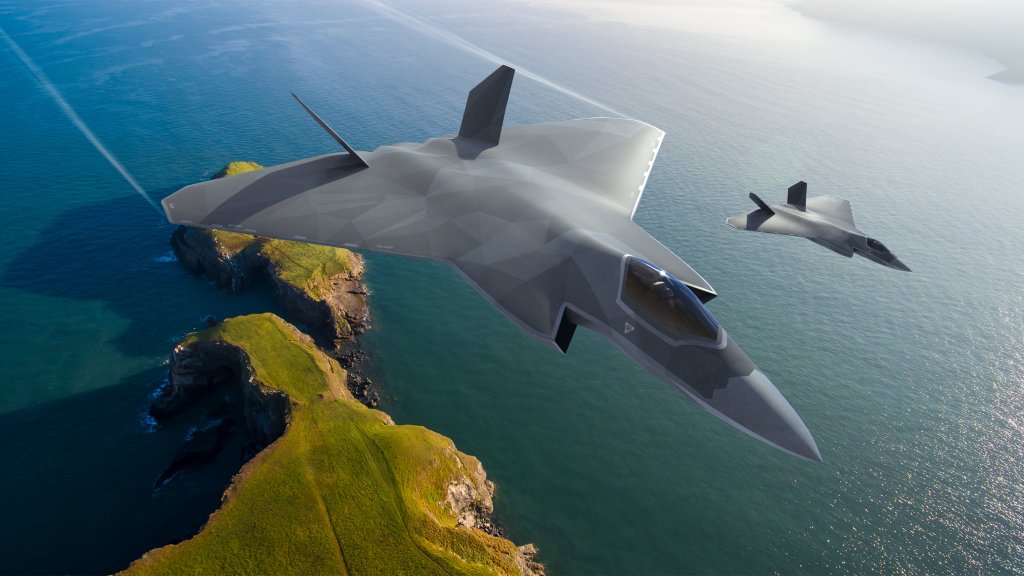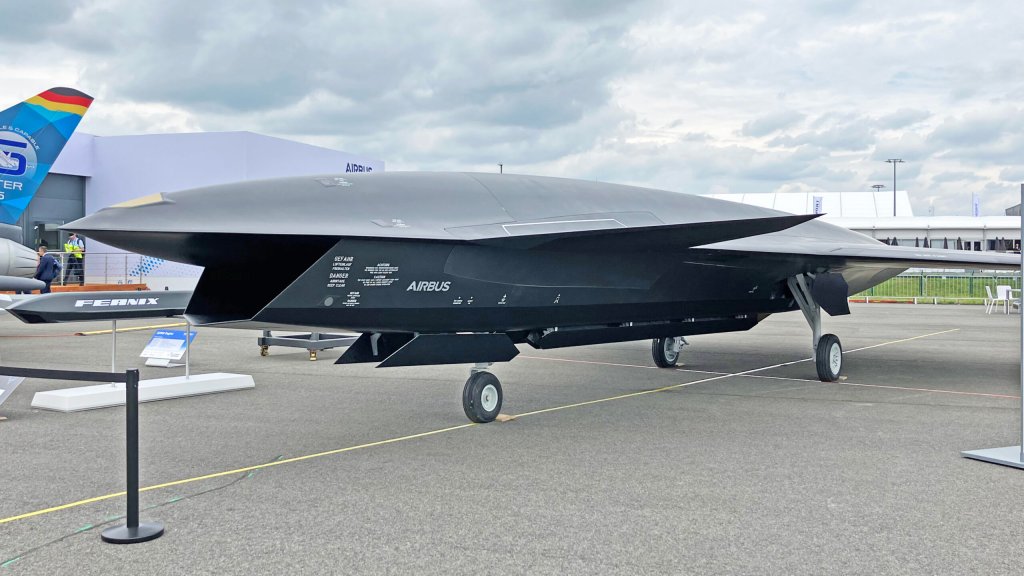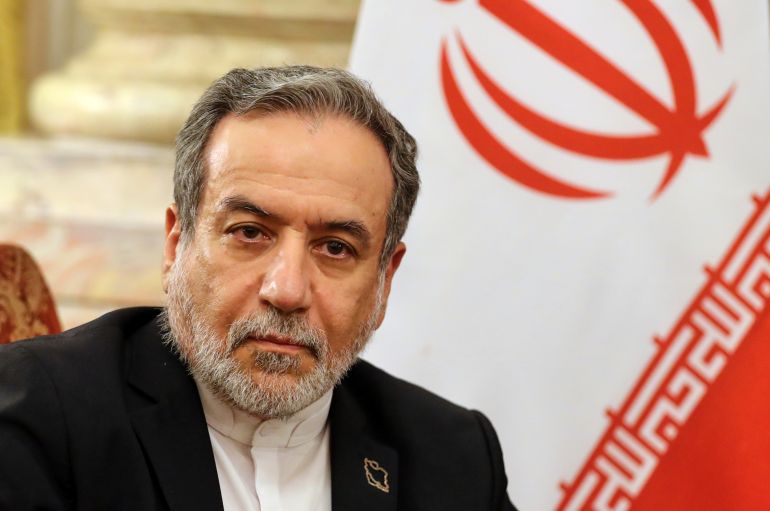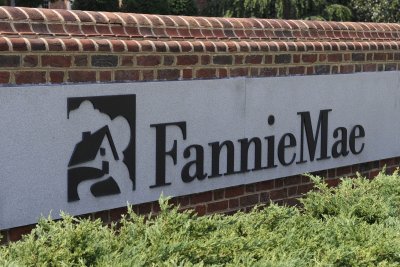Trump will speak with Putin as he considers Ukraine’s push for long-range missiles
WASHINGTON — President Trump is scheduled to speak with Russia’s Vladimir Putin Thursday as he considers Ukraine’s push for long-range missiles, according to a White House official who was not authorized to comment on the private call and spoke on the condition of anonymity.
The call comes ahead of Trump’s meeting on Friday at the White House with Ukrainian President Volodymyr Zelensky. The Ukrainian leader has been pressing Trump to sell Kyiv Tomahawk missiles which would allow Ukrainian forces to strike deeper into Russian territory.
Zelensky has argued such strikes would help compel Putin to take Trump’s calls for direct negotiations between the Russia and Ukraine to end the war more seriously.
With a fragile Israel-Hamas ceasefire and hostage deal holding, Trump has said he’s now turning his attention to bringing Russia’s war on Ukraine to an end and is weighing providing Kyiv long-range weaponry as he looks to prod Moscow to the negotiating table.
Ending the wars in Ukraine and Gaza was central to Trump’s 2024 reelection pitch, in which he persistently pilloried President Joe Biden for his handling of the conflicts. Yet, like his predecessor, Trump also has been stymied by Putin as he’s unsuccessfully pressed the Russian leader to hold direct talks with Zelensky to end the war that is nearing its fourth year.
But fresh off the Gaza ceasefire, Trump is showing new confidence that he can finally make headway on ending the Russian invasion. He’s also signaling that he’s ready to step up pressure on Putin if he doesn’t come to the table soon.
“Interestingly we made progress today, because of what’s happened in the Middle East,” Trump said of the Russia-Ukraine war on Wednesday evening as he welcomed supporters of his White House ballroom project to a glitzy dinner.
Earlier this week in Jerusalem, in a speech to the Knesset, Trump predicted the truce in Gaza would lay the groundwork for the U.S. to help Israel and many of its Middle East neighbors normalize relations. But Trump also made clear his top foreign policy priority now is ending the largest armed conflict in Europe since World War II.
“First we have to get Russia done,” Trump said, turning to his special envoy Steve Witkoff, who has also served as his administration’s chief interlocutor with Putin. “We gotta get that one done. If you don’t mind, Steve, let’s focus on Russia first. All right?”
Trump weighs Tomahawks for Ukraine
Trump is set to host Zelensky for talks Friday, their fourth face-to-face meeting this year.
Ahead of the meeting, Trump has said he’s weighing selling Kyiv long-range Tomahawk cruise missiles, which would allow Ukraine to strike deep into Russian territory — if Putin doesn’t settle the war soon. Zelensky, who has long sought the weapons system, said it would help Ukraine put the sort of pressure on Russia needed to get Putin to engage in peace talks.
Putin has made clear that providing Ukraine with Tomahawks would cross a red line and further damage relations between Moscow and Washington.
But Trump has been undeterred.
“He’d like to have Tomahawks,” Trump said of Zelensky on Tuesday. “We have a lot of Tomahawks.”
Agreeing to sell Ukraine Tomahawks would be a splashy move, said Mark Montgomery, an analyst at the conservative Foundation for Defense of Democracies in Washington. But it could take years to supply and train Kyiv on the Tomahawk system.
Montgomery said Ukraine could be better served in the near term with a surge of Extended Range Attack Munition (ERAM) missiles and Army Tactical Missile System, known as ATACMS. The U.S. already approved the sale of up to 3,350 ERAMs to Kyiv earlier this year.
The Tomahawk, with a range of about 995 miles (1,600 kilometers), would allow Ukraine to strike far deeper in Russian territory than either the ERAM (about 285 miles, or 460 km) or ATACMS (about 186 miles, or 300 kilometers).
“To provide Tomahawks is as much a political decision as it is a military decision,” Montgomery said. “The ERAM is shorter range, but this can help them put pressure on Russia operationally, on their logistics, the command and control, and its force disbursement within several hundred kilometers of the front line. It can be very effective.”
Signs of White House interest in new Russia sanctions
Zelensky is expected to reiterate his plea to Trump to hit Russia’s economy with further sanctions, something the Republican, to date, has appeared reluctant to do.
Congress has weighed legislation that would lead to tougher sanctions on Moscow, but Trump has largely focused his attention on pressuring NATO members and other allies to cut off their purchases of Russian oil, the engine fueling Moscow’s war machine. To that end, Trump said Wednesday that India, which became one of Russia’s biggest crude buyers after the Ukraine invasion, had agreed to stop buying oil from Moscow.
Waiting for Trump’s blessing is legislation in the Senate that would impose steep tariffs on countries that purchase Russia’s oil, gas, uranium and other exports in an attempt to cripple Moscow economically.
Though the president hasn’t formally endorsed it — and Republican leaders do not plan to move forward without his support — the White House has shown, behind the scenes, more interest in the bill in recent weeks.
Administration officials have gone through the legislation in depth, offering line edits and requesting technical changes, according to two officials with knowledge of the discussions between the White House and the Senate. That has been interpreted on Capitol Hill as a sign that Trump is getting more serious about the legislation, sponsored by close ally Sen. Lindsey Graham, R-S.C., along with Sen. Richard Blumenthal, D-Conn.
A White House official said the administration is working with lawmakers to make sure that “introduced bills advance the president’s foreign policy objectives and authorities.” The official, who was granted anonymity to discuss private deliberations, said any sanctions package needs to give the president “complete flexibility.”
Treasury Secretary Scott Bessent said Wednesday the administration is waiting for greater buy-in from Europe, which he noted faces a bigger threat from Russian aggression than the U.S. does.
“So all I hear from the Europeans is that Putin is coming to Warsaw,” Bessent said. “There are very few things in life I’m sure about. I’m sure he’s not coming to Boston. So, we will respond … if our European partners will join us.”
Madhani and Kim write for the Associated Press. AP writers Fatima Hussein, Chris Megerian and Didi Tang contributed to this report.
